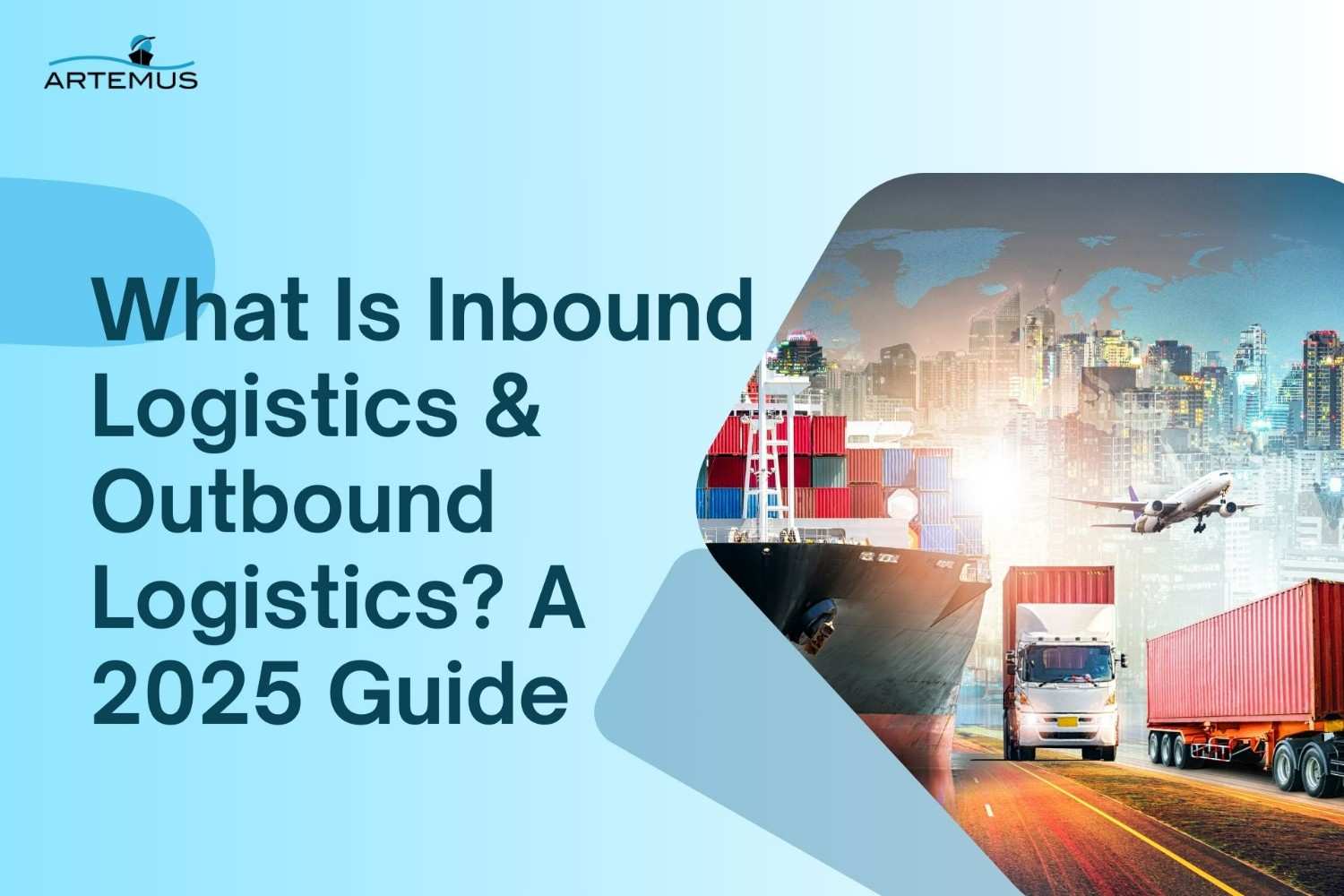
What Is Inbound Logistics & Outbound Logistics? A 2025 Guide
In the dynamic world of supply chain management, understanding the nuances of inbound and outbound logistics is crucial for operational
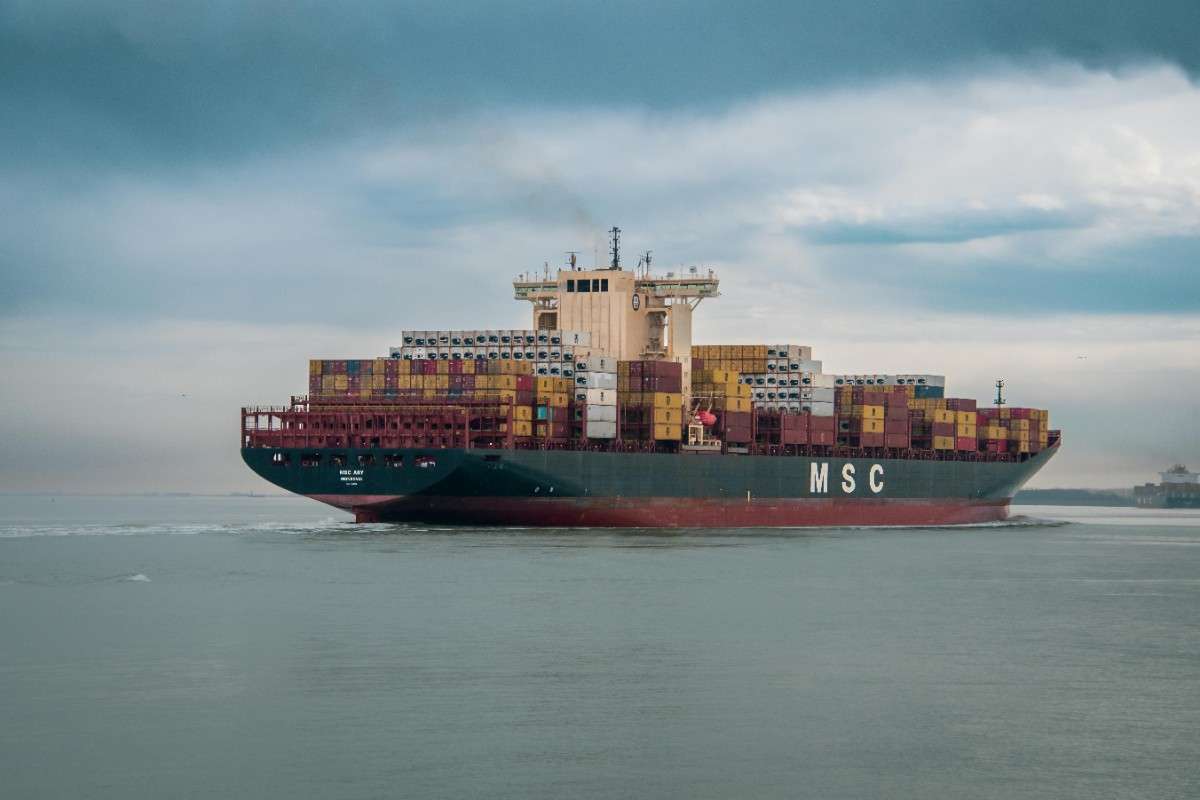
Ocean freight, a cornerstone of global trade, connects economies by facilitating the transportation of goods across vast distances. Its significance is underscored by its essential role in enabling businesses to access distant markets and deliver products worldwide.
In this blog, we explore the intricacies of ocean freight and its pivotal importance in sustaining international commerce. Moreover, Artemus Transportation Solutions provides ISF & AMS Compliance Support for Ocean Freight, streamlining regulatory processes and ensuring smooth cargo shipments.
Table Of Contents
Ocean freight, also known as sea freight, is the transportation of goods via ships across oceans and seas. It is a fundamental component of global trade, facilitating the movement of large quantities of goods between countries and continents.
Ocean freight encompasses various methods, including full container load (FCL), less than container load (LCL), roll-on/roll-off (RoRo), and bulk shipping. The process typically involves booking space on a vessel, packaging, and containerizing goods, transporting containers to the port, loading them onto the vessel, ocean transit, unloading at the destination port, and final delivery.
Despite challenges such as longer transit times and regulatory complexities, ocean freight offers cost-effectiveness, large capacity, and extensive global reach, making it a preferred choice for businesses engaged in international trade.
Related: What Is Ocean Freight Forwarding & Its Process?
Ocean freight services offer various options for shipping goods across oceans and seas. Here are the key types of ocean freight services:
Related: How Much Does It Cost To Become A Freight Broker In 2024
Understanding the terminology associated with ocean freight is essential for effectively navigating the complexities of international shipping. Here are common terms related to ocean freight:
Related: Freight Broker License Costs: The Price Of Entry In 2024
Shipping goods across the world’s oceans is a complex process involving various stages and players. Understanding the ocean freight process can help businesses and individuals navigate international trade more efficiently.
Here, we break down the key steps in the ocean freight process from start to finish.
Assessment Of Needs:
The process begins with assessing the shipment’s needs, including the type of goods, volume, weight, and destination. This step helps in determining the best shipping method and container type.
Choosing A Freight Forwarder:
A freight forwarder is often employed to manage the logistics. They act as an intermediary between the shipper and various transportation services, ensuring that all parts of the shipping process are handled smoothly.
Freight Quotation:
The shipper requests a freight quotation from the freight forwarder or directly from a carrier. This quote includes shipping costs, transit times, and any additional services required.
Booking Confirmation:
Once the quote is accepted, a booking confirmation is issued, securing space on a vessel for the shipment.
Documentation Preparation:
Essential documents such as the commercial invoice, packing list, and export declaration are prepared. These documents are crucial for customs clearance and ensuring legal compliance.
Customs Filing:
The freight forwarder or customs broker files the necessary documents with the export customs authorities. This step verifies that the goods comply with export regulations and that any duties or taxes are paid.
Inland Transportation:
The goods are transported from the shipper’s location to the port of loading. This can involve trucking, rail, or a combination of transportation modes, depending on the distance and location.
Containerization:
If the goods are being shipped in containers, they are loaded into the appropriate container type (e.g., FCL or LCL). Proper packing and securing of the cargo are essential to prevent damage during transit.
Arrival At Port:
The container or cargo arrives at the port of loading. Here, it undergoes inspection and documentation checks by port authorities.
Loading Process:
The cargo is loaded onto the designated vessel. The loading process is meticulously planned to ensure efficient use of space and safe transportation.
Vessel Departure:
The vessel departs the port of loading and begins its journey across the ocean. Transit times can vary significantly based on the route and distance.
Monitoring Shipment:
During transit, the freight forwarder monitors the shipment, providing updates on its progress and estimated time of arrival.
Port Procedures:
Upon arrival at the port of discharge, the cargo undergoes unloading procedures. Port authorities inspect the shipment and verify documentation.
Import Customs Clearance:
The freight forwarder or customs broker handles the import customs clearance. This involves filing import documentation, paying duties and taxes, and ensuring the cargo complies with local regulations.
Inland Transport:
After customs clearance, the cargo is transported from the port of discharge to its final destination. This may involve trucking, rail, or intermodal transportation.
Delivery:
The cargo is delivered to the consignee’s location. Upon receipt, the consignee inspects the goods to ensure they have arrived in good condition and as per the agreement.
Final Documentation:
The shipper and consignee review and finalize all related documentation, including the bill of lading, commercial invoice, and any inspection reports.
Payment Settlement:
The final step involves settling payments with all parties involved, including the freight forwarder, carrier, and customs brokers.
Related: How To Import A Car To The United States? 2024 Regulations
BAF, or Bunker Adjustment Factor, is a surcharge applied to ocean freight shipments to account for fluctuations in fuel prices. As fuel costs represent a significant portion of operating expenses for shipping lines, BAF is used to offset the impact of rising or falling fuel prices on shipping rates.
BAF charges are typically calculated as a percentage of the base ocean freight rate and are adjusted periodically based on changes in fuel prices.
While BAF helps shipping lines manage fuel-related costs, it can also introduce volatility and uncertainty into shipping rates, as fuel prices are subject to market fluctuations. Consequently, shippers should closely monitor BAF adjustments and factor them into their transportation budgeting and planning processes.
Related: How To Import From China To USA In 2024: Process & Costs
GRI, or General Rate Increase, refers to an adjustment made by ocean carriers to increase the base rates for transporting cargo. This increase is typically implemented across various shipping routes and is applied uniformly to all customers.
Carriers commonly use GRI to offset rising operating costs, such as fuel prices, labor expenses, and infrastructure investments.
Unlike other surcharges that are applied selectively based on specific factors, GRI affects all shipments within a specified timeframe, regardless of the cargo type or shipping conditions.
Shippers should be aware of GRI announcements and factor these increases into their transportation budgets and negotiations with carriers to avoid unexpected cost escalations in their supply chain operations.
Related: Top 10 Items Exported From India To USA: A 2024 List
Calculating ocean freight charges for containers can be complex, but understanding the key components and how they contribute to the total cost can help businesses budget more effectively.
Here’s a step-by-step guide to calculating ocean freight charges for containers coming to the USA, along with some approximate figures to provide context.
Full Container Load (FCL) vs. Less than Container Load (LCL):
The basic freight rate is the core cost of transporting the container from the origin port to the destination port. Several factors influence this rate:
Approximate Rates:
Approximate Surcharges & Fees:
Once the container arrives at a US port, it often needs to be transported to its final destination. This involves:
Trucking or Rail Costs: Vary based on the distance from the port to the consignee’s location.
Approximate Costs:
Approximate Fees
Cargo Insurance: Optional but recommended to cover potential loss or damage during transit. Typically costs 0.3% – 0.5% of the cargo’s value.
Approximate Cost:
$300 – $500 for every $100,000 of cargo value
Approximate Fees:
Related: Poland’s Exports To USA: The Complete List For Opportunities
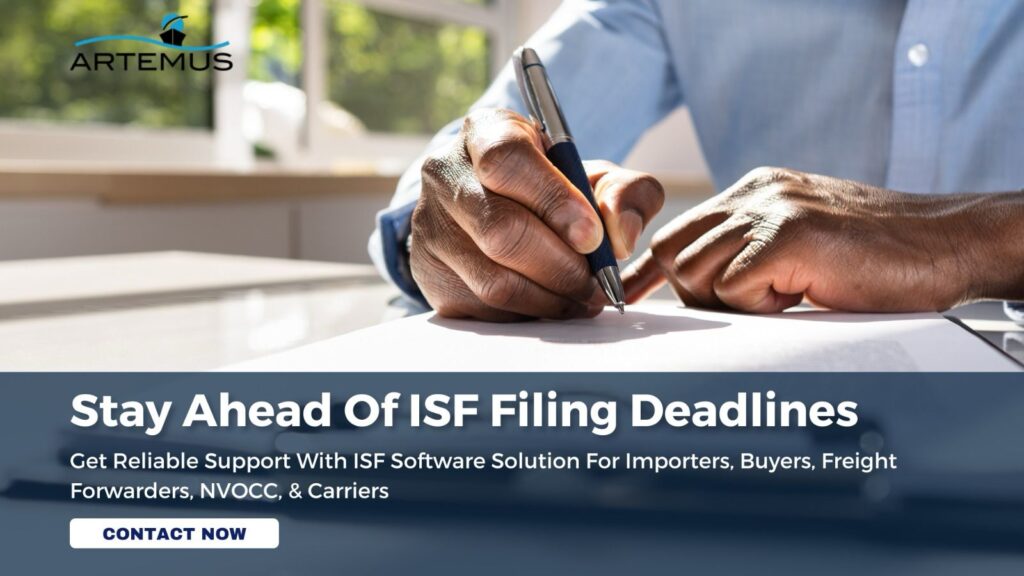
Artemus Transportation Solutions offers comprehensive ISF (Importer Security Filing) and MS (Manifest Submission) compliance support for ocean freight, ensuring that all necessary documentation and filings are accurately completed and submitted in a timely manner.
The expert team navigates the complex regulations set by U.S. Customs and Border Protection, mitigating risks of penalties and delays. By leveraging advanced technology and industry expertise, Artemus Transportation Solutions streamlines the compliance process, providing peace of mind and operational efficiency for shippers and importers.
Related: Exporting Mangoes From India To The USA: How To Ship?
Ocean freight refers to the transportation of goods via sea vessels across oceans and seas.
Ocean freight charges refer to the costs associated with transporting goods via sea vessels, including base rates, surcharges, and additional fees.
The shipper or consignee typically pays for ocean freight, depending on the agreed-upon terms of sale (Incoterms) in the contract.
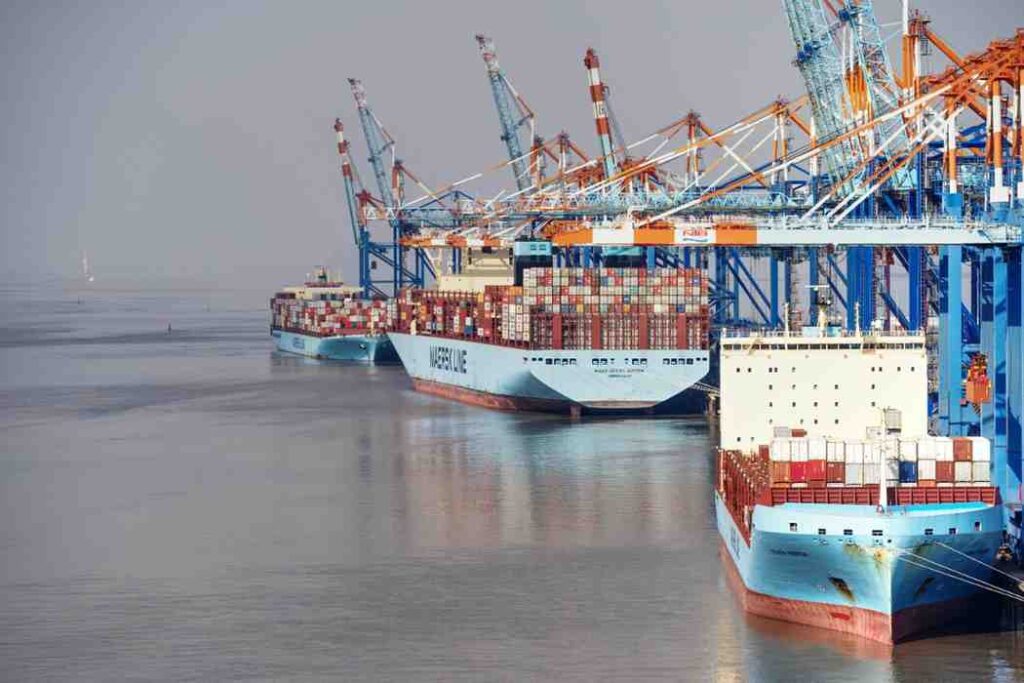
Navigating the complexities of ocean freight is essential for businesses involved in international trade. From planning and booking to customs clearance and final delivery, each step requires careful coordination and compliance with regulations.
By understanding the intricacies of the ocean freight process, businesses can optimize their shipping strategies, reduce costs, and ensure the timely delivery of goods.
Related: How To Export From India To USA? A 2024 Updated Guide

In the dynamic world of supply chain management, understanding the nuances of inbound and outbound logistics is crucial for operational
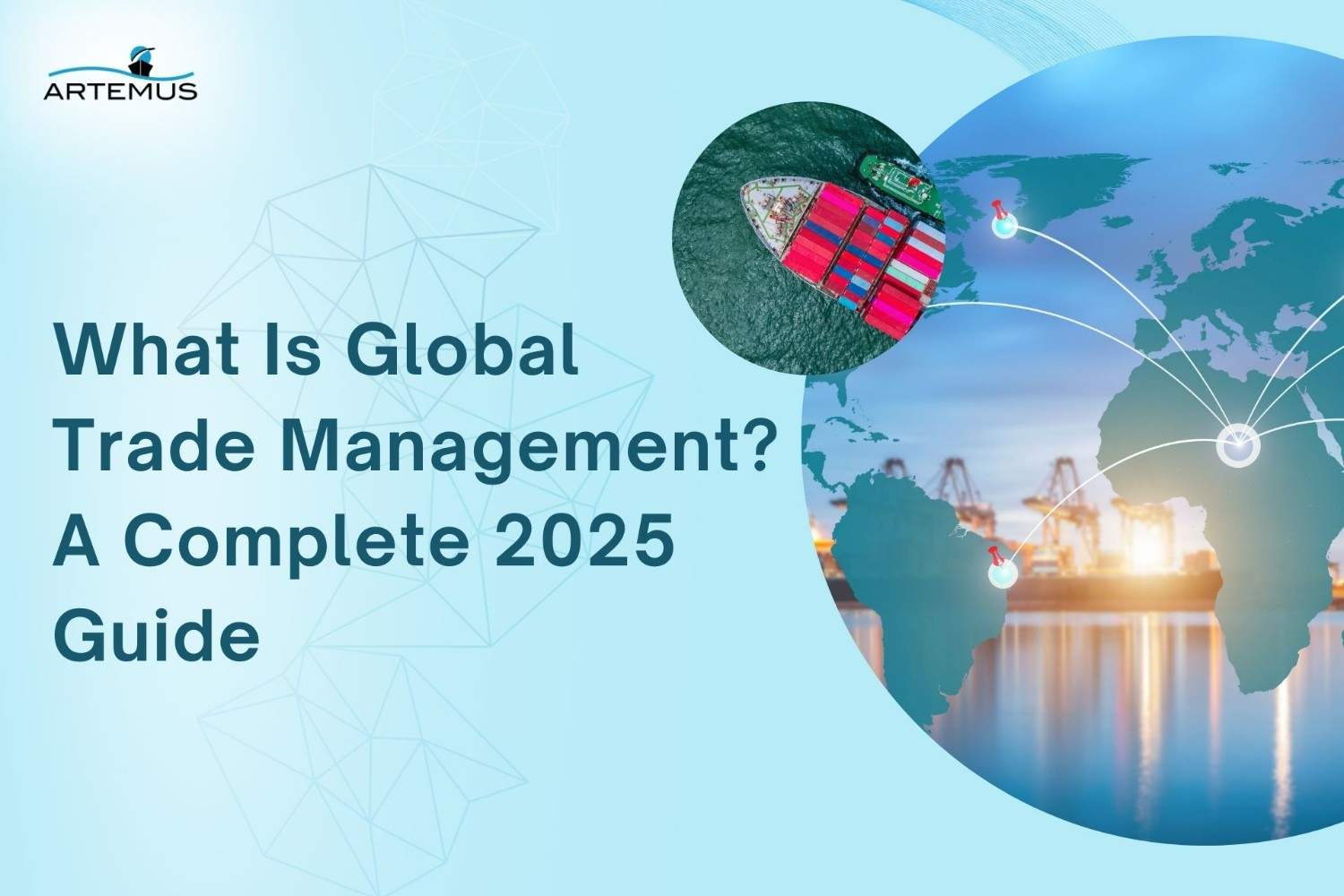
In today’s interconnected world, businesses rely heavily on global trade to expand their markets, access new resources, and drive growth.
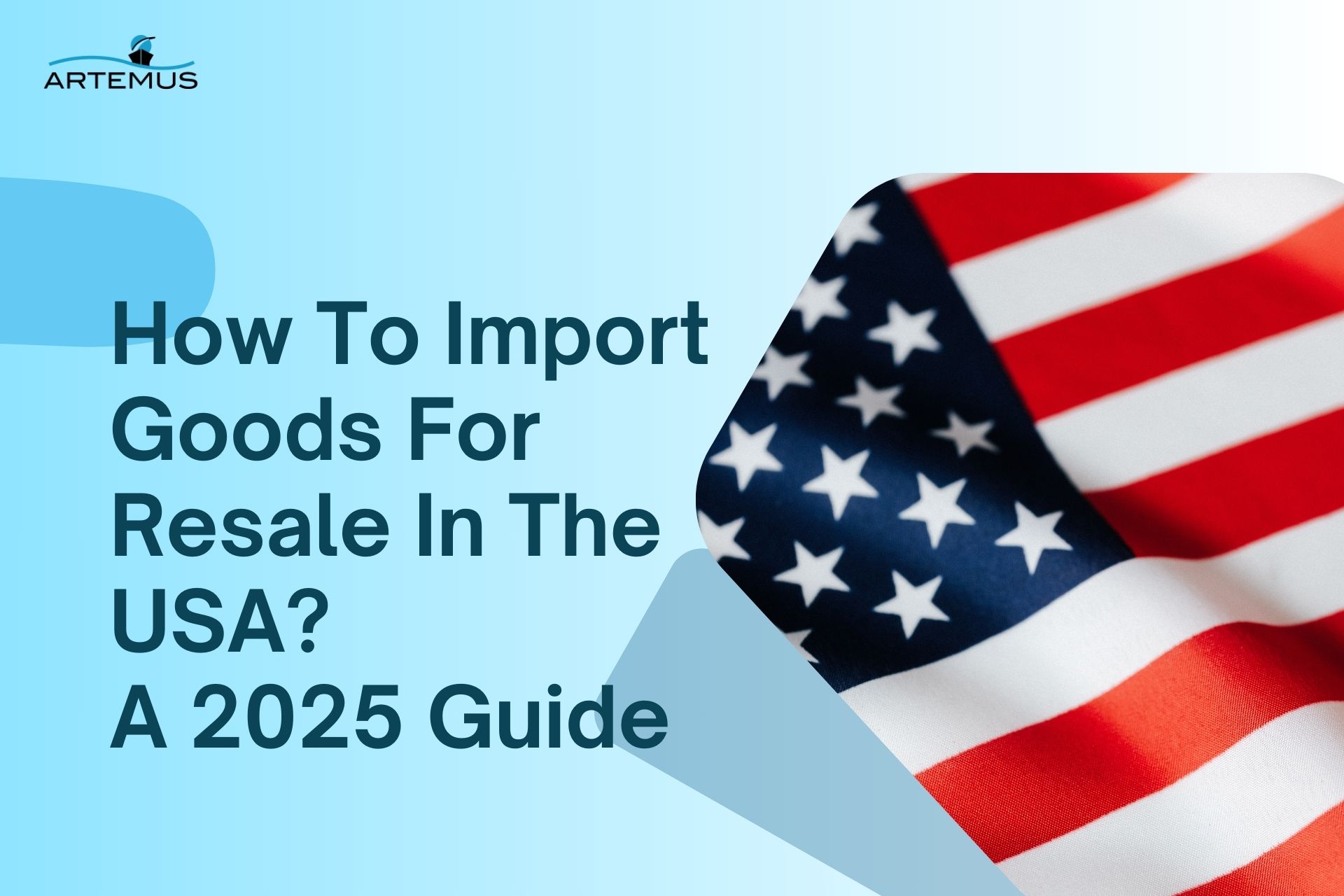
Importing goods for resale in the USA presents a lucrative business opportunity, but navigating the complexities of U.S. customs regulations,
Get In Touch
Artemus’ Software Solutions for ISF, AMS, Japan AFR, eManifest Canada, & Panama B2B filings.